EVOLUTION OF THE DREAM (January 2010)
For the last 20 years, our company founder (Kraig Schultz), has been dreaming about a vehicle that would make commuting to work inexpensive and fun for the common man. The vehicle would be lightweight, aerodynamic and easy to work on. In recent years, Schultz Engineering, LLC (SE, LLC) has made it a goal to get a vehicle of this kind into production. SE, LLC is developing alliances with partner companies to produce designs and components for this
Personal Transportation Vehicle (PTV-1) tm.
The PTV-1 vehicle will be designed to be modular with connection points of each portion well defined, so that parts of the vehicle (wheels, suspension, body, transmission, engine, etc.) can be produced by the people most qualified to build them and swapped out by the end user at any time and resold, reused, or recycled. The manufacturer wins (more customers), the end user wins (lower prices, more variety, better value) and the whole system works without large investment by any one party.
With this in mind, the PTV-1 might become an open source vehicle. The design could be open sourced like Linux, and the production could be standardized/globalized by open architecture like the IBM compatible PC (via a standardized design, datums and connection points), and knowledge and improvements facilitated by a WikiPedia-like database.
Another option could include licensing the design and production of PTV-1 components for a nominal fee. For example, SE, LLC might allow any designer or manufacturer in the world to badge their product as "PTV-1 compatible" for $1 or 1%. (There might be a higher license fee for a "PTV-1 tested" part. But, the testing and rating could be left up to the Wiki or other on-line rating systems like are used on E-bay).
|
2010 Design Criteria- The PTV-1tm has the following design goals:
|
|
And this leaves us, right where we are. Building proto-types, and developing a really good working design. In the pictures below, you will see some of the ideas produced by SE, LLC in the last three years to prove out concepts that may be incorporated into the PTV-1tm. The Electric Motorcycle Conversion
  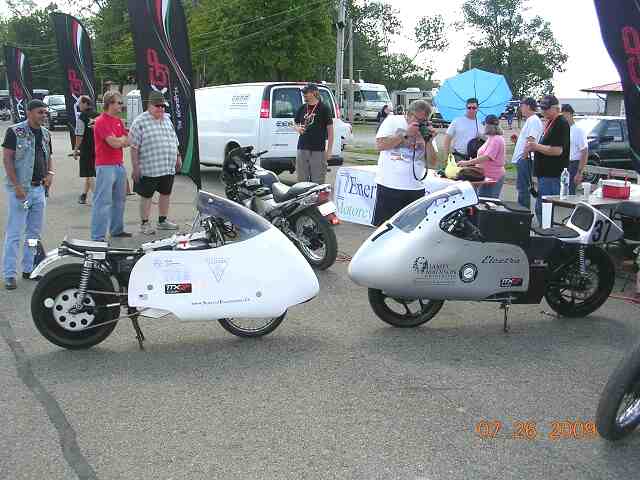 The Sail Trike Human, Wind, Electric Hy-Brid Concept 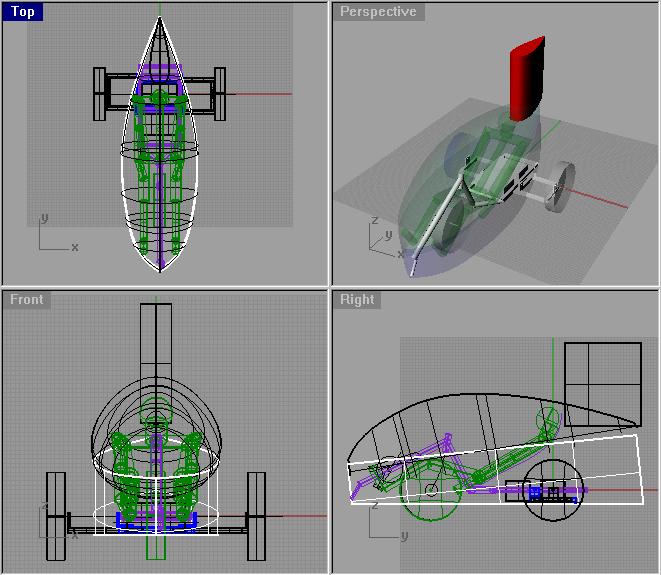 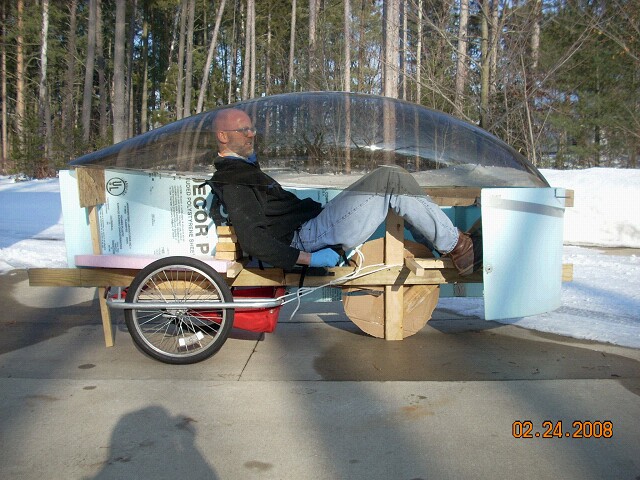 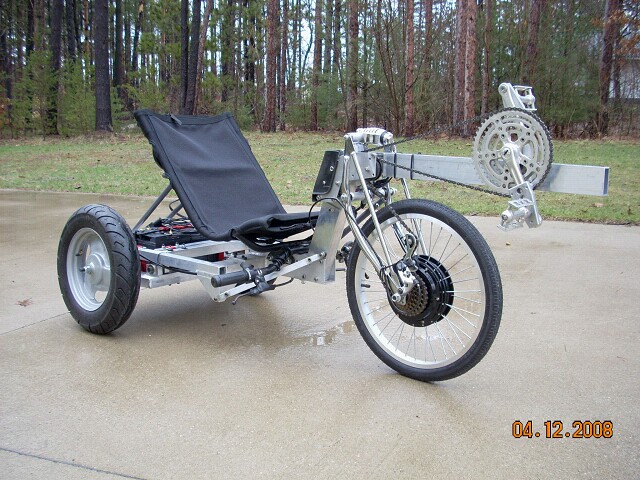 Some Reverse Trike Experiments  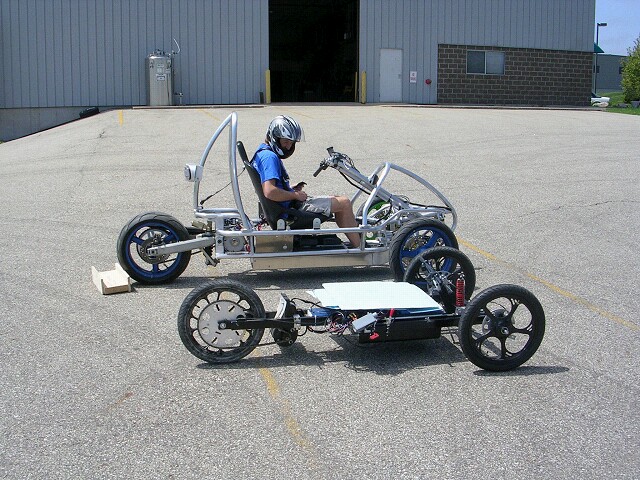 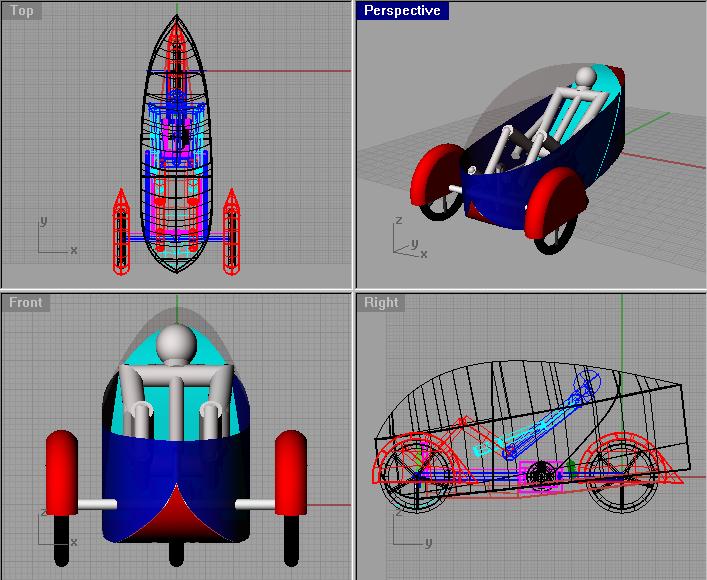 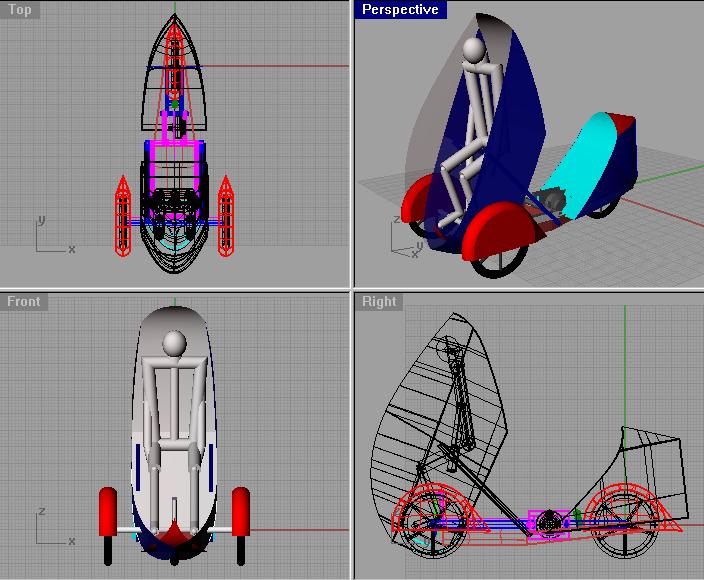 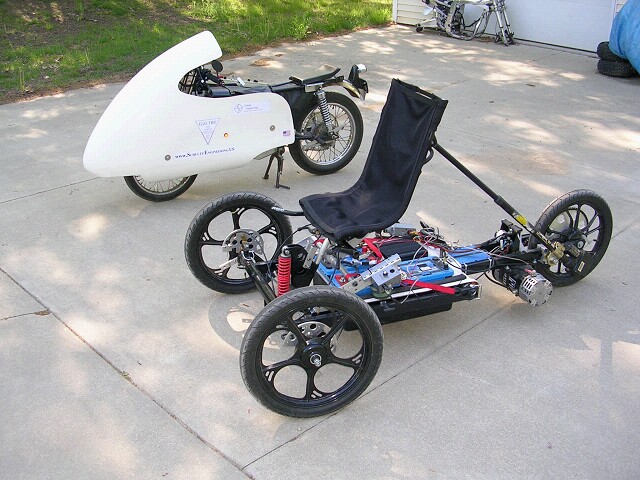  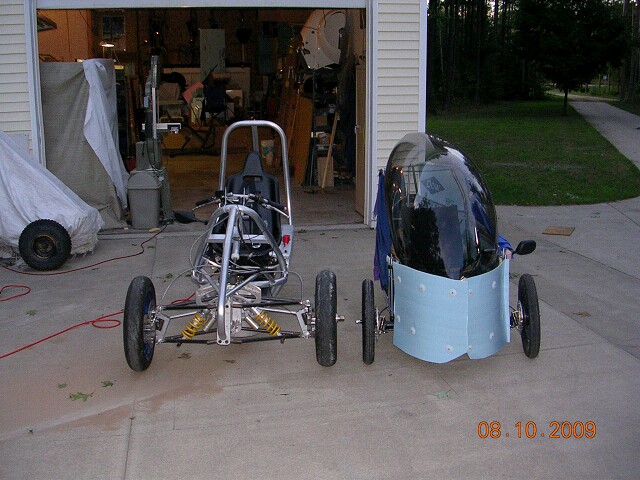 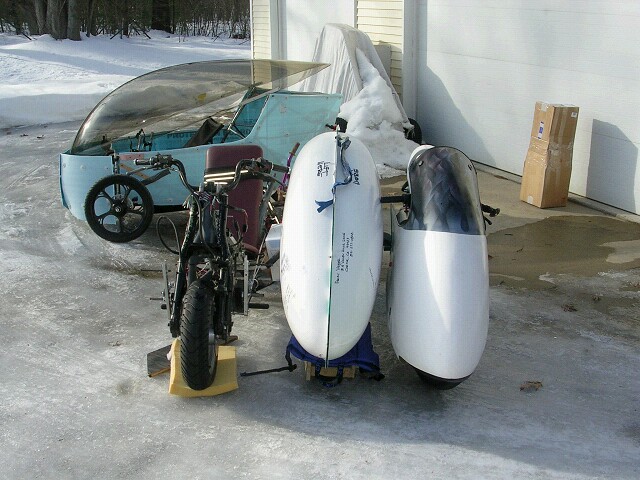 Multi-Position Motorcycle Setups 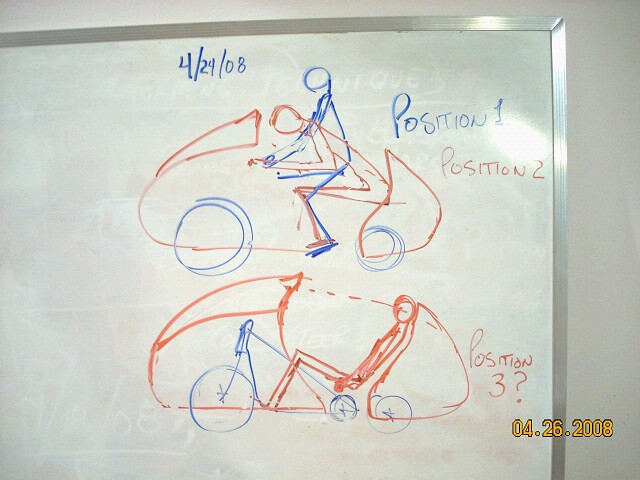 Multi-Position Tilting Trike Proto-type 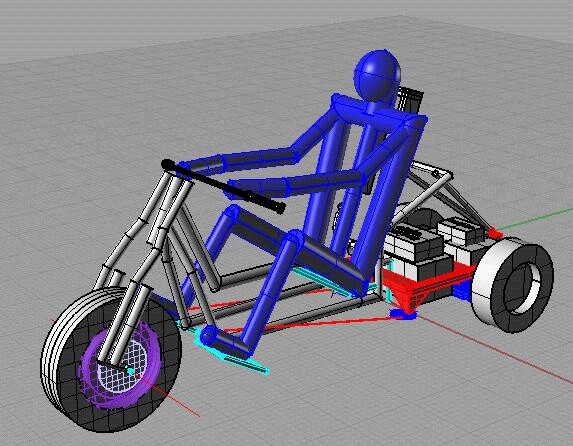   |
Tilting Delta Trike Prototype (2010 Concept Vehicle)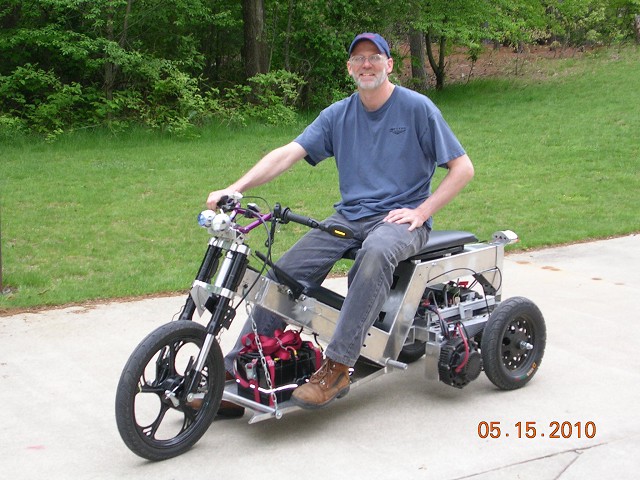 Click here, to learn about the DELTA-12. (www.schultzengineering.us/delta-12.htm) |
Delta-11 Motorcycle (2011-2017 Concept Vehicle Project)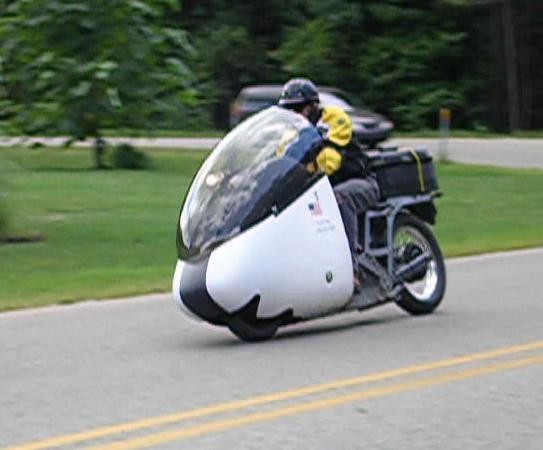 Click here, to learn about the DELTA-11 project. (www.schultzengineering.us/delta-11.htm) |
Ford Festiva Conversion & Solar Projects (2014 -2020)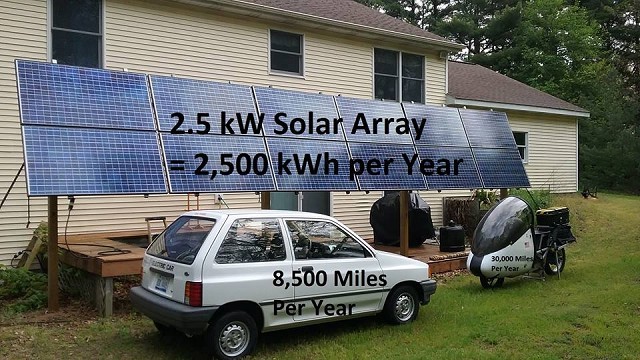 Click here, to learn about the Ford Festiva Conversion project. (www.schultzengineering.us/festiva.htm) Click here, to learn about our solar PV projects. (www.schultzengineering.us/energy-3.htm) |
Nissan Leaf Projects (2018-2021)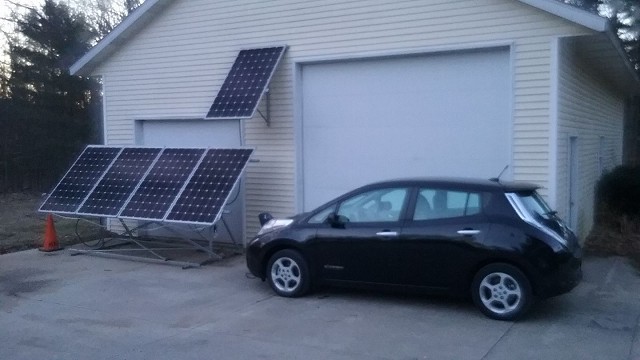 Click here, to learn about our Nissan Leaf projects. (www.schultzengineering.us/delta-11-18.htm) |
Portugal Vehicle Project (2018-2021)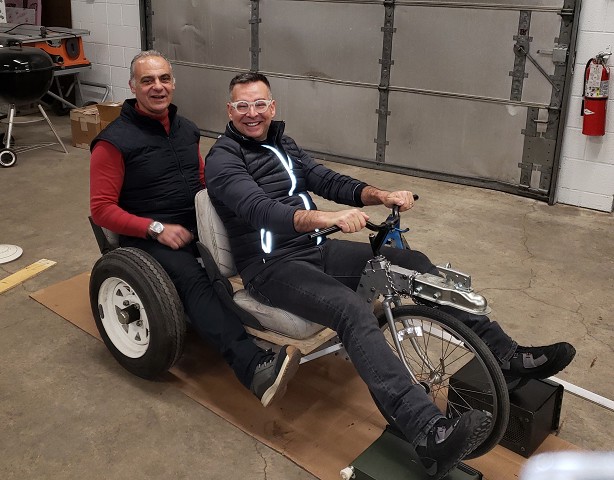 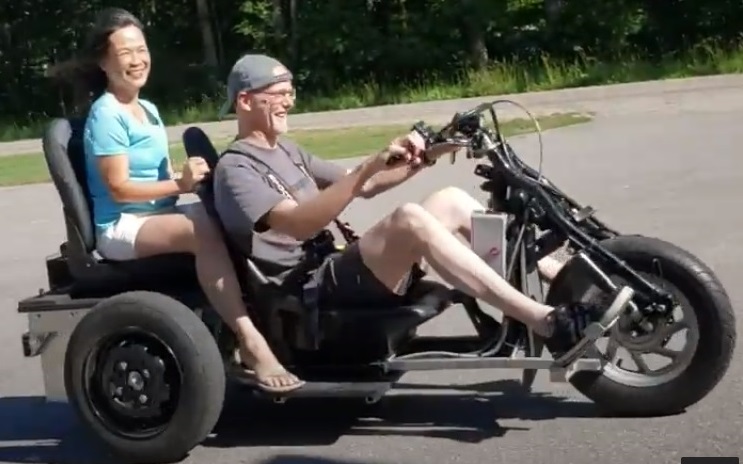 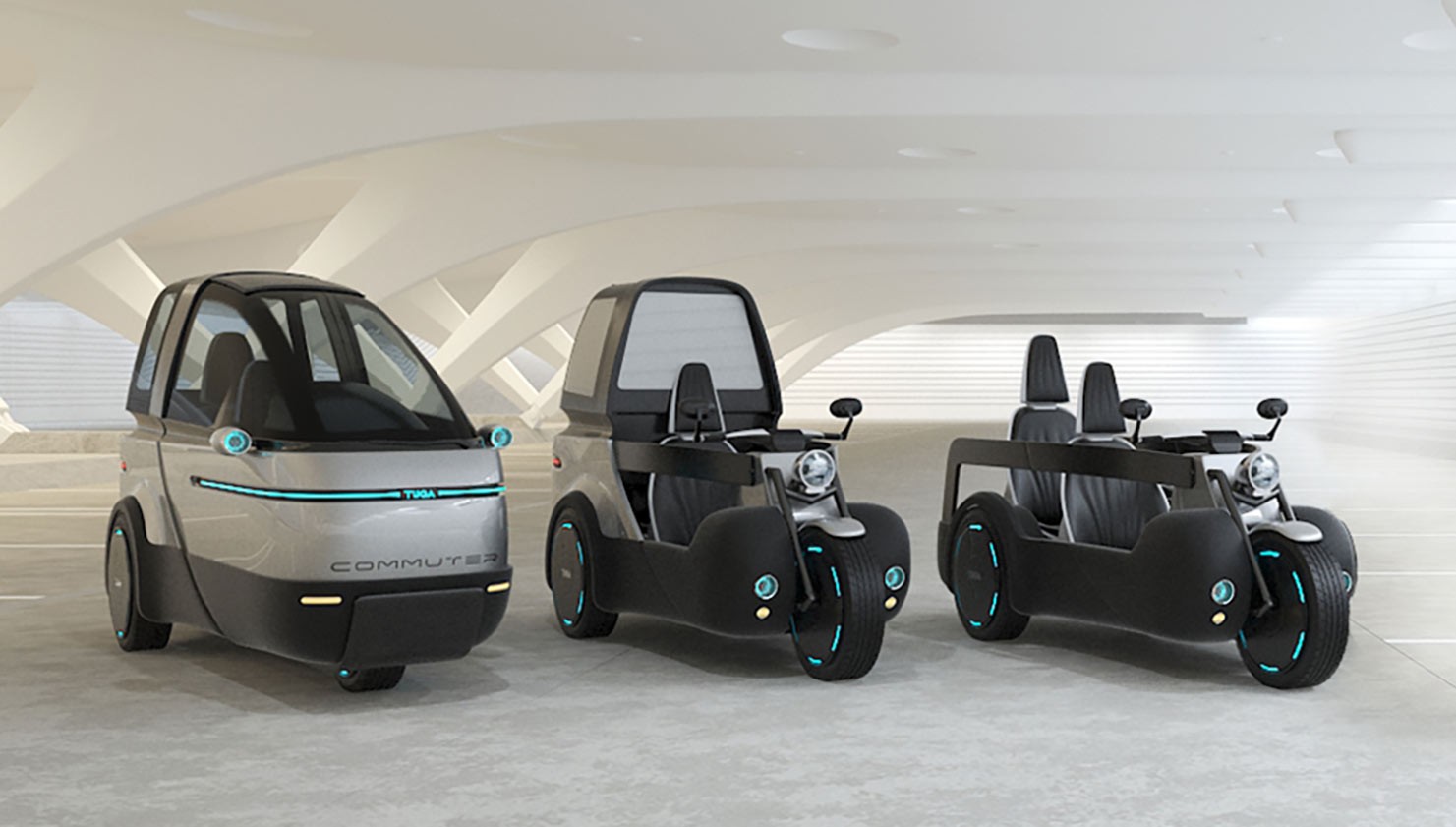 Click here, to learn about the Portugal Vehicle project. (https://tugainnovations.com/) |
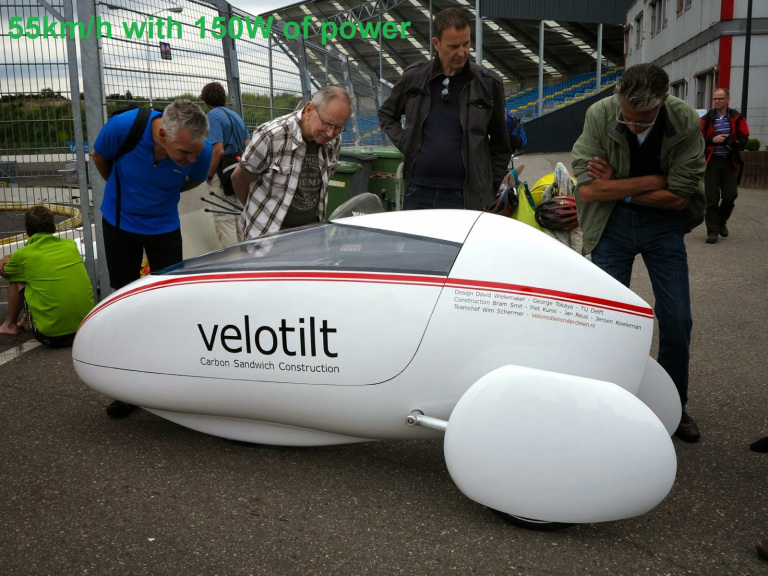
I am working to form a design collaborative to build a hyper-efficient vehicle as an open sourced project for the purpose of making transportation vehicles 10X to 100X less energy and pollution intensive.
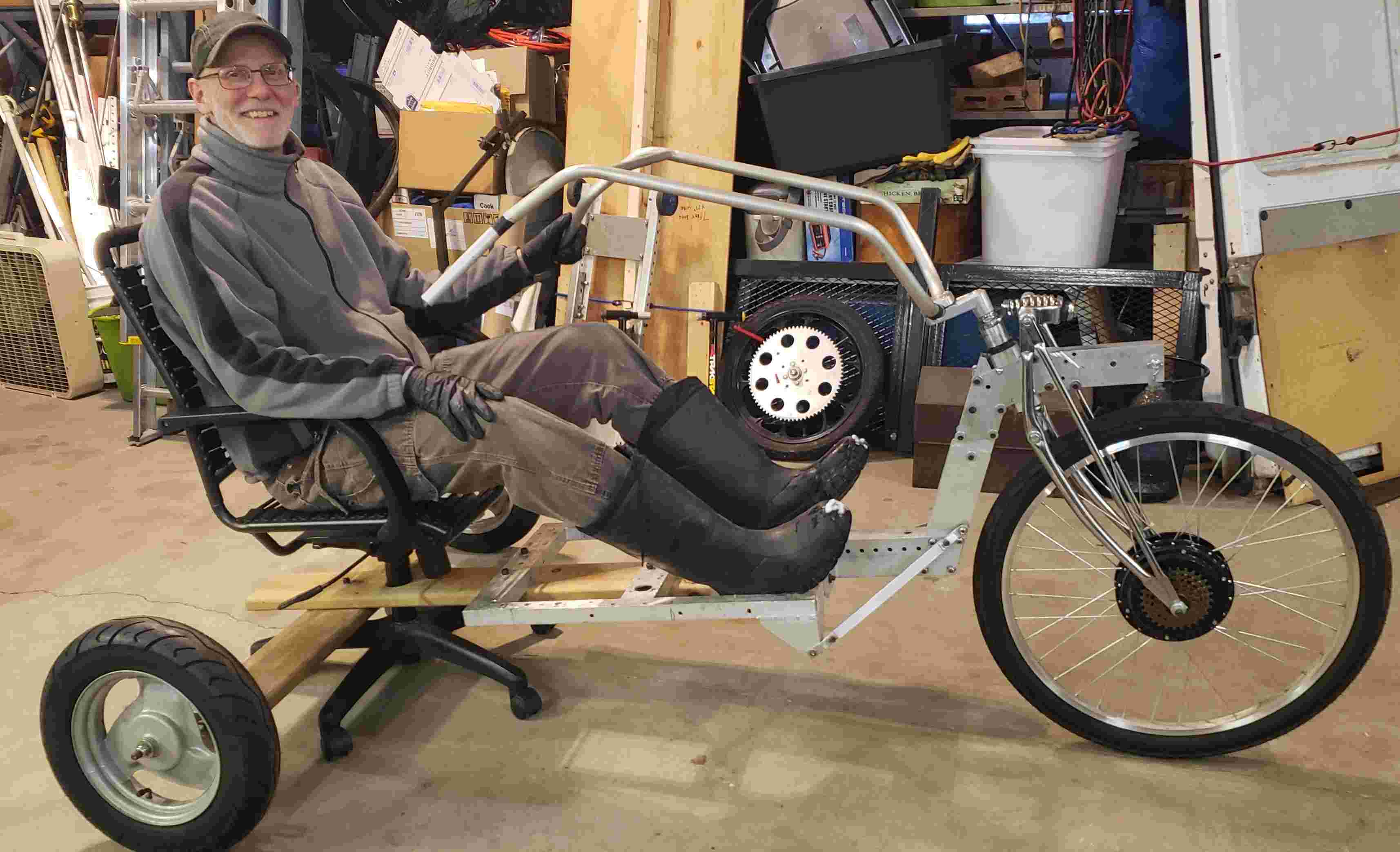
These days, I spend most of my time working on big-picture solutions - like building parallel systems of governance and regenerative lifestyles. But when I get a moment, I love making things. This latest project is a human-electric hybrid delta trike, built from my stash of spare parts. Here's a photo of me on a scale mockup before building the actual frame.